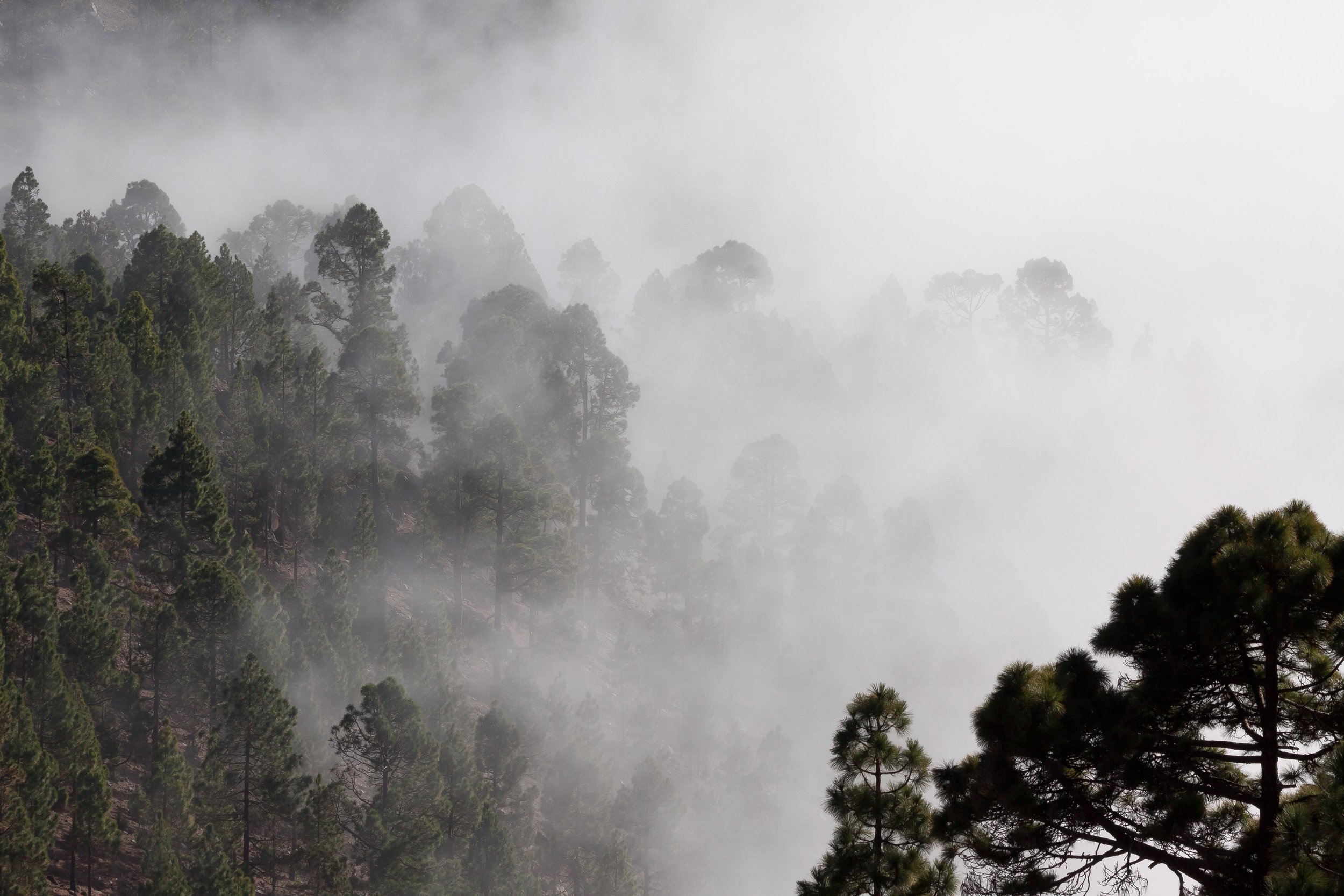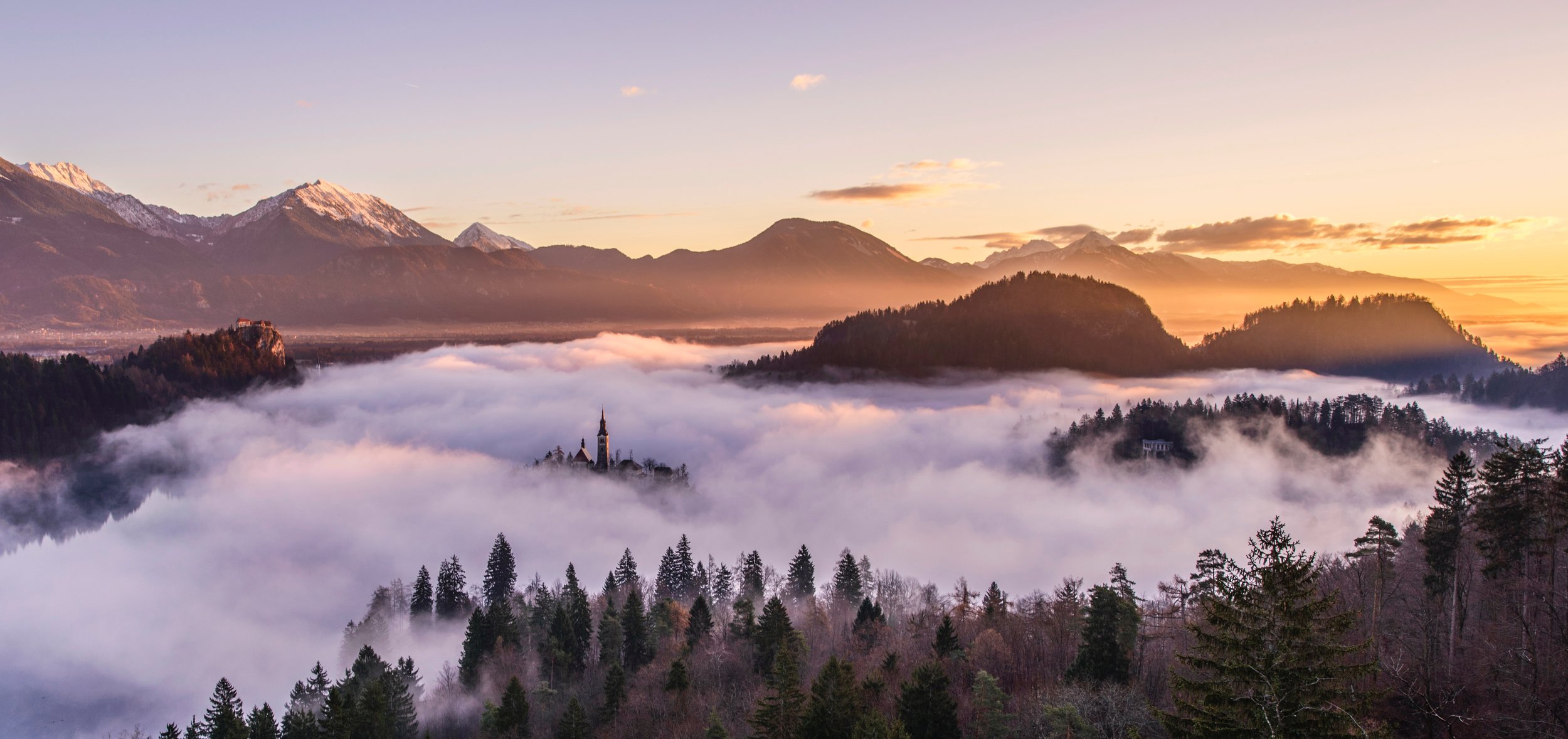The Difficulties of Large-scale Worlds
/Final Fantasy: XV may be the most controversial entry of the series to date. There are both positives and negatives—many people that like it and many people that believe it is a stain that tarnishes the name. Did Square Enix succeed in world-building? Let’s take a look.
First, let’s start with weaknesses of the entry. The world of Eos is massive and on a scale that none of the other entries can compare to. For RPG fans this seems like a dream, doesn’t it? Unfortunately, this is the biggest contributor to why fans dislike the game. We had a massive landscape that, sadly, was mostly empty. Enemies were scarce out in the open, and secrets were few to none. Straying off the path is rarely rewarded and when it is, the reward is hardly worth it.
Before the release of Final Fantasy: XV, we were given a movie (Kingsglaive) and an animated series (Brotherhood: Final Fantasy XV), both prequels. This, to me, is where Square failed the most. The movie was the prologue to the story and contained important information as to why the game is even happening. If you didn’t watch the movie you missed out on 1/4th of the game. It is a prologue that was needed in the game but was cut out. The journey of the four main characters is the best part of the game but if you didn’t watch Brotherhood: Final Fantasy XV you would have no clue as to why our band of brothers were together in the first place.
Square failed to deliver a complete experience due to putting necessary information in forms other than the game but there’s still beauty to be found in game—mainly the journey of Noctis, Prompto, Gladio, and Ignis. As all Final Fantasy games go, we must save the world from the encroaching darkness. All four of the characters have their shortcomings as people but all four together balance that out and become a family faster than we can blink.
The world of Final Fantasy: XV is lacking in depth, but the story most definitely is not. The brief conversations and events that happen between the characters are, to put it simply, beautiful. We watch as all four of them grow, become more vulnerable with one another, and eventually become a party that no other Final Fantasy party can compare to. Sure, their goal is to save the world, but towards the end of the game I recognized that the most important story that was told is brotherhood.
Square created a landscape that was desolate, but their story was as rich as one would desire. It is hard to judge whether this entry should be deemed a failure in terms of world-building or not. They created relationships and characters that will persist beyond the game, but they also failed to create a world as full as their relationships. I don’t think it is one or the other, personally, but it is a game that should be looked at with satisfaction and dissatisfaction.
For people that are interested in creating a fantasy world, I would suggest playing this game as it will teach you many things. But the main thing you should take away from Final Fantasy: XV is that creating a large world needs a lot of planning and time. You can create a massive world but a world that is 1/8th of the size and has every landscape, every town, and every forest mapped out to the final speck of dirt will be much more fulfilling.
Tyler Connolly
Tyler Connolly is a second year student in the Professional Writing program at Algonquin College. He is passionate about fantastical stories of any form. A lot of his time is spent thinking about how little time he has. He is also quite fond of Owls and Foxes.



























